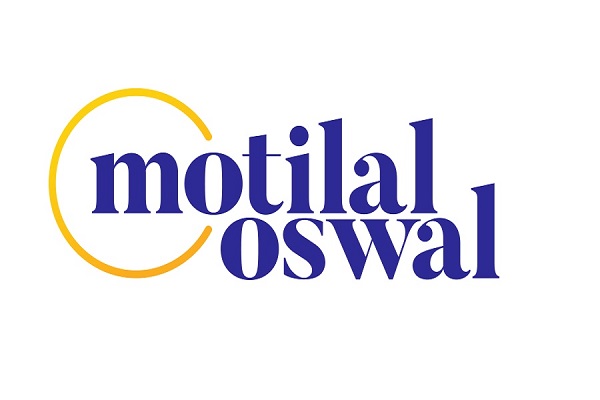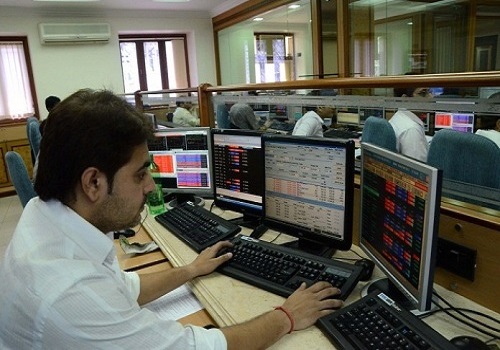Quote on Monthly Equity Outlook by Vinay Paharia, CIO, PGIM India Mutual Fund

Below the Quote on Monthly Equity Outlook by Vinay Paharia, CIO, PGIM India Mutual Fund
We remain constructive on Indian markets over medium to longer term due to a confluence of factors such as sustainably high GDP growth, rising per capita income, financialization and digitization and a positive policy environment which could lead to steady growth for India Inc.
From a near-term perspective, key factors for the markets include US-India trade negotiations and tariff developments, festive season demand, and revival of earnings momentum in domestic consumption-oriented sectors. We expect the Q2 FY26 earnings growth to be modest due to the late impact of GST reforms but expect revival of earnings from Q3FY26 onwards on the back of significant above-average monsoon in the Kharif season and various fiscal and monetary measures by the Indian Government and Reserve Bank of India to revive consumption growth.
Despite near-term volatility driven by global trade tensions and FPI outflows, India's structural strengths — such as robust domestic consumption, policy continuity, and a resilient banking system — continue to support long-term economic growth. The country's improving macro fundamentals, including stable inflation and accelerating capex, reinforce its position as a favored destination for long-term investors.
Medium to long-term outlook positive
Nifty ended the month with a modest gain of 0.8%, with Midcap (+1.4%) and smallcap (+1.9%) indices ending marginally higher and sectoral indices ending mixed. Metals, auto and oil & gas indices were up 9%, 6% and 5%, whereas consumer durables, IT and FMCG indices declined 5%, 3% and 2%.
Some key developments for the month were:
(1) The GST Council announced a broad rationalization in GST rates, resulting in most items of mass consumption at lower GST rates of 5% and 18%, while luxury and sin goods taxed at 40%, effective from September 22.
(2) Fitch Ratings revised India's GDP growth outlook for FY2026 upward to 6.9% from 6.5% earlier.
(3) The Federal Open Market Committee (Fed FOMC) reduced the Federal Fund rate by 25 bps to 4-4.25%.
(4) The US proposed a US$100,000 fee on new H-1B visa petitions.
(5) The US President announced a 100% tariff on branded drug imports.
(6) The Indian monsoon season ended with 8% above-normal rainfall.
Meanwhile, Foreign Portfolio Investors (FPIs) continued to sell, offloading US$ 2 bn (until September 29) of Indian equities in the secondary market, whereas Domestic Institutional Investors (DIIs) bought US$ 7.4 bn (until September 30).
On the economy front, August Consumer Price Index (CPI) inflation inched up to 2.1% from 1.6% in July, Wholesale Price Index (WPI) inflation rose to 0.52% in August from (-) 0.58% in July and Index of Industrial Production (IIP) growth in August eased marginally to 4% from 4.3% in July.
In the monetary policy review in early October 2025, the Reserve Bank of India decided to keep the policy repo rate unchanged at 5.5%. The Monetary Policy Committee (MPC) raised its FY26 growth forecast to 6.8% from 6.5% earlier, with the improved outlook based on the impending impact of GST rationalization, along with a healthy monsoon and kharif sowing. However, headwinds from trade/tariff uncertainties and global risk-off sentiment were acknowledged, with these likely to adversely impact growth from H2 onward. On the inflation front, the FY26 forecast was lowered further to 2.6% (3.1% earlier) largely owing to GST rationalization, along with a benign trajectory for food prices.
Above views are of the author and not of the website kindly read disclaimer










Tag News

F & O Rollover Report 26th December 2025 by Axis Securities













